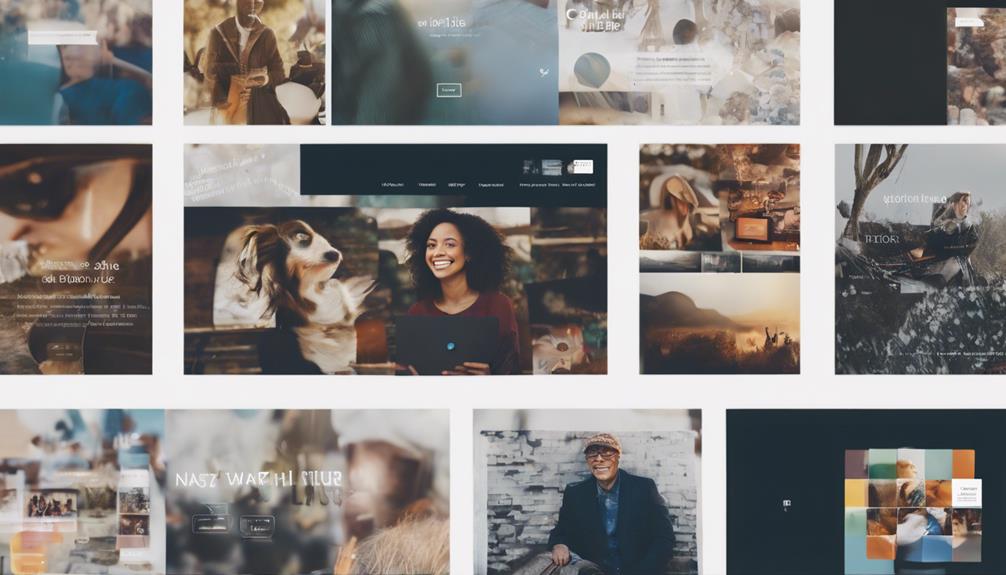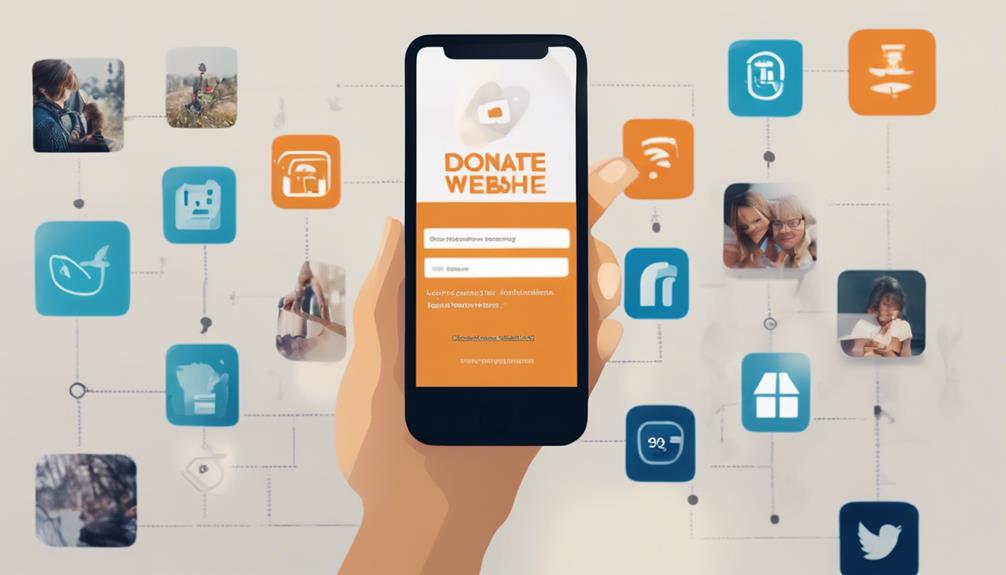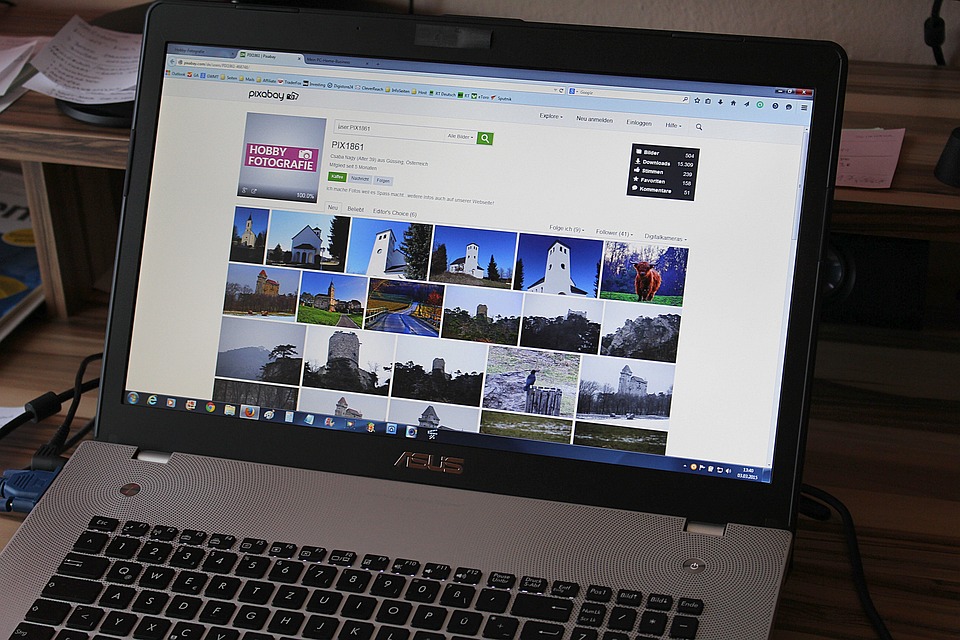Crafting a compelling nonprofit web design is not merely about aesthetics; it is a strategic endeavor aimed at engaging visitors effectively. The digital realm offers a vast platform for nonprofits to showcase their mission and values, but the key lies in how well this message is conveyed through design.
By incorporating elements that resonate with your target audience and weaving a narrative that captivates, a nonprofit website can transcend being just an online presence. Understanding the nuances of user-friendly navigation, mobile responsiveness, and impactful call-to-action strategies can elevate a website from being static to dynamic, leaving visitors with a lasting impression of your cause.
Importance of Nonprofit Web Design

Crafting an effective nonprofit web design is crucial for organizations to establish a strong online presence and effectively communicate their mission and impact to a wider audience. A well-designed nonprofit website serves as the digital face of the organization, offering visitors a glimpse into its values, goals, and achievements. The importance of web design lies in its ability to engage and inspire visitors, encouraging them to explore further, donate, or get involved.
Nonprofit web design should prioritize user experience, ensuring that visitors can easily navigate the site, find relevant information, and understand the organization's impact. Clear calls-to-action, compelling visuals, and concise messaging are essential elements of an effective nonprofit website. By creating a visually appealing and user-friendly design, nonprofits can capture the attention of potential supporters and donors, ultimately driving more engagement and donations.
In the digital age, where online presence is key to success, investing in a well-crafted nonprofit web design is essential for organizations looking to make a meaningful impact and reach a broader audience. By conveying their mission and values effectively through design, nonprofits can build credibility, trust, and support within their community and beyond.
Understanding Your Audience
To create a successful nonprofit web design, it is imperative to first understand your audience and their needs. Nonprofit organizations need to work closely with web design companies or agencies that specialize in marketing web design to ensure their website resonates with their target audience. Understanding the audience involves researching their demographics, preferences, and online behavior. By knowing who the website is catering to, nonprofits can tailor the design, content, and functionality to meet the specific needs of their audience.
Web design agencies play a crucial role in helping nonprofits create websites that not only look visually appealing but also effectively communicate the organization's mission and impact. They can assist in optimizing the user experience, ensuring that visitors can easily navigate the site and find the information they are looking for. By collaborating with a web design agency that understands the nuances of marketing web design, nonprofits can create a compelling online presence that engages and inspires their audience.
Storytelling Through Design

How can nonprofit organizations effectively engage their audience through storytelling in web design?
Storytelling through design is a powerful tool that nonprofit organizations can utilize to connect with their audience on a deeper level. When working with web design firms, nonprofits should focus on creating a visually compelling website that not only showcases their mission but also tells a story that resonates with visitors.
Web design for creatives in the nonprofit sector involves incorporating elements that evoke emotion and inspire action. By using visually appealing graphics, videos, and interactive features, nonprofits can create a memorable online experience that encourages visitors to learn more and get involved.
Effective storytelling through design involves crafting a narrative that highlights the impact of the organization's work, showcases success stories, and creates a sense of urgency for support. By working closely with web design firms that understand the importance of storytelling, nonprofits can create a website that engages, educates, and inspires visitors to become donors, volunteers, or advocates.
User-Friendly Navigation Tips
When designing nonprofit websites, prioritizing user-friendly navigation is crucial for ensuring visitors can easily access information and engage with the organization's mission. Implementing user-friendly navigation tips is essential in modern web design and development to enhance the overall user experience.
To achieve this, consider organizing the website's menu structure logically, with clear categories and subcategories that make it intuitive for visitors to find what they are looking for. Incorporate a search bar prominently on the website to allow users to easily search for specific information. Utilize descriptive labels for navigation buttons and links to provide clarity on where each link will lead.
Additionally, ensure that the navigation menus are responsive and adapt well to different screen sizes. By following these user-friendly navigation tips, nonprofit websites can effectively guide visitors through their online content and encourage meaningful engagement with their cause.
Mobile Responsiveness Best Practices

Crafting a seamless mobile experience is essential for nonprofit websites to ensure optimal accessibility and engagement for users on various devices. Mobile web design plays a crucial role in reaching a broader audience and delivering content effectively. Implementing responsive web design is a key strategy to ensure that nonprofit websites adapt seamlessly to different screen sizes and resolutions. Utilizing web design best practices such as optimizing images for fast loading speeds, using clear and concise content, and creating easy-to-navigate menus can significantly enhance the mobile user experience.
When focusing on mobile responsiveness, it's essential to prioritize simplicity in design and functionality. Avoid cluttered layouts and excessive text that can overwhelm mobile users. Incorporating touch-friendly elements and intuitive navigation menus can improve user interaction on smaller screens. Additionally, conducting regular testing across various devices and screen sizes is crucial to identify any responsiveness issues and ensure a consistent experience for all users. By following these mobile responsiveness best practices, nonprofit organizations can create engaging and accessible websites that cater to the needs of mobile users effectively.
Call-to-Action Strategies
To effectively engage and prompt action from website visitors, nonprofit organizations must strategically implement call-to-action strategies. A well-crafted call-to-action can guide visitors towards desired actions, such as making a donation, signing up for a newsletter, or volunteering. When working with a web design company, nonprofits should emphasize the importance of clear and compelling calls-to-action throughout their website. These strategies should be prominently placed on relevant pages, using noticeable colors and fonts to attract attention.
A web design and development company can help nonprofits create visually appealing buttons or banners that encourage user interaction. It's crucial to keep the language concise and action-oriented, using phrases like 'Donate Now,' 'Join Us,' or 'Learn More.' Additionally, incorporating urgency or a sense of impact can further motivate visitors to take action. Regularly testing and optimizing call-to-action placements and messaging is essential to ensure maximum effectiveness in driving conversions and engagement on nonprofit websites. By prioritizing call-to-action strategies, nonprofits can effectively communicate their mission and encourage support from online visitors.
Frequently Asked Questions
How Can Nonprofits Effectively Integrate Social Media Into Their Web Design Strategy?
Effectively integrating social media into a nonprofit's web design strategy involves seamless incorporation of social media icons, live feeds, and shareable content. Engage supporters by showcasing impact stories, utilizing interactive elements, and promoting user-generated content.
What Are Some Common Pitfalls to Avoid When Designing a Nonprofit Website?
When designing a nonprofit website, common pitfalls to avoid include cluttered layouts, lack of clear call-to-actions, outdated content, slow loading speeds, and inaccessible design for users with disabilities. Prioritize user experience and accessibility.
How Can Nonprofits Ensure Their Website Is Accessible to Individuals With Disabilities?
Nonprofits can ensure website accessibility by following Web Content Accessibility Guidelines (WCAG), providing alternative text for images, using clear headings, ensuring keyboard navigation, and testing with accessibility tools. Prioritizing inclusivity is crucial for serving all users effectively.
What Are Some Creative Ways to Incorporate Data Visualization in Nonprofit Web Design?
Data visualization in nonprofit web design can engage audiences effectively. Infographics, interactive charts, and maps can convey complex information in a visually appealing manner. Utilizing these tools strategically can enhance storytelling, impact, and user understanding.
How Can Nonprofits Leverage Search Engine Optimization (Seo) to Increase Their Website's Visibility and Reach?
Nonprofits can enhance website visibility and reach through strategic Search Engine Optimization (SEO) practices. By optimizing keywords, meta tags, content quality, and link building, organizations can improve search engine rankings, attract more visitors, and amplify their impact.










